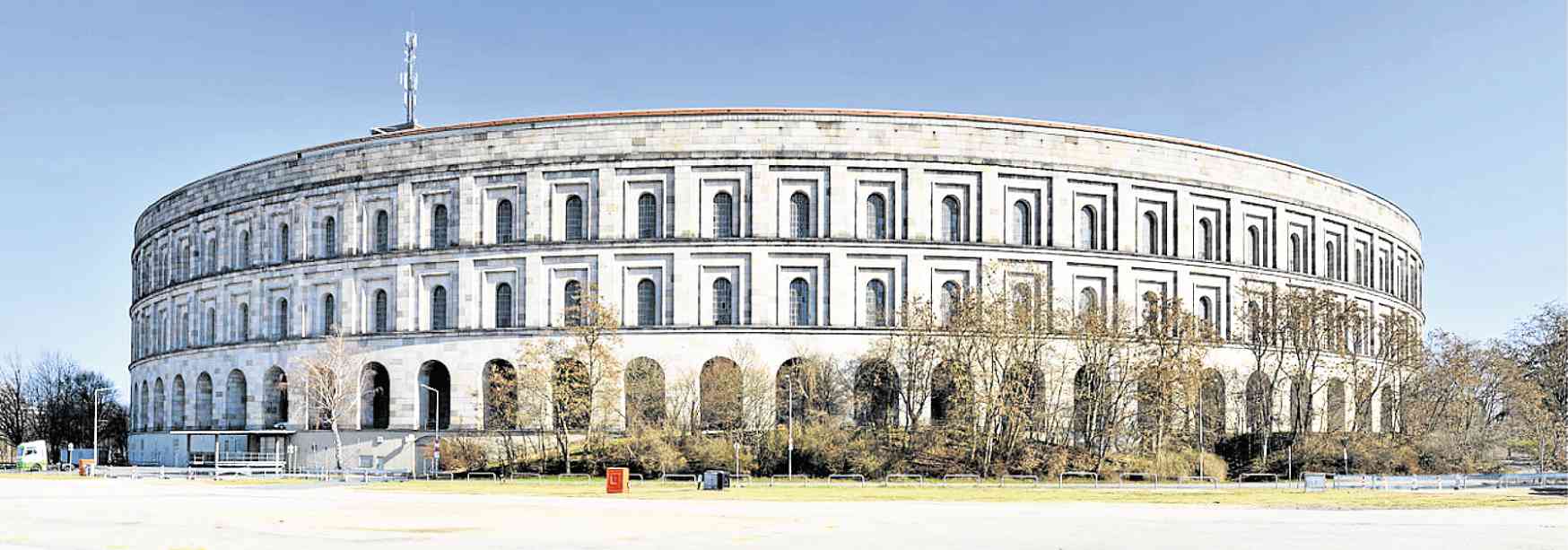Dictatorship by design
Dictators love power. Many of the world’s authoritarian rulers wielded power and flaunted it extravagantly. They used all kinds of media to establish themselves as society’s messiahs.
While many items of propaganda have long been destroyed after regimes, some remain and are still used by the people. Case in point: buildings.
In commemoration of our country’s escape from a great dictator, we take a look at how buildings were used to conquer and sway nations. While at first glance, these structures seem innocent in nature, the stories behind them reveal an underlying agenda to control.
Roman buildings
Many countries in Europe nowadays count Roman ruins as their tourist hot spots.
These structures, however, were not just built for show. They are testaments to an empire that dominated many countries during the ancient times. From England to France, many Roman structures were created by the military as they conquered one place after another.
To name a few: the basilica, such as the Aula Palatina in Germany, was a Roman public hall that catered to official functions and courts. Amphitheaters or arenas that catered to the gladiator battles, were built as far as the African region. Lastly, Triumphal arches, such as the Porte Noire in Eastern France, were built specifically to commemorate successful sieges. These Roman symbols of power would go on to influence many dictators of the modern era.
Fascist movement
Inspired by historical predecessors, many leaders would go on and try to emulate Rome’s ancient symbols of power.
Benito Mussolini, the prime minister of Italy during the Second World War, was one such ruler. In particular, he designated a Roman region to testify to his fascist ideals. The place, designed by a specially selected group of designers, would come to be known as the Esposizione Universale Roma (EUR).
Paying homage to the rich history of the Roman empire, Mussolini aimed to establish the Rome of his time as “the greatest city in the Western World.” EUR was originally planned to serve as the venue of a World’s Fair in 1942 celebrating fascism and Italian triumphs.
The structures that were eventually built came to define fascist architecture. Buildings were generally characterized by their enormous sizes, stone construction and simple façades.
The 1942 World’s Fair was never realized due to World War II, but certain structures such as the Palazzo della Civitá Italiana and the Palazzo dei Ricevimenti e Congressi continue to be used up to this day. EUR currently serves as an upscale residential and shopping suburb, a lasting testament to a dictator’s grand vision.
Nazi architecture
Perhaps the most notorious of all dictators, Adolf Hitler promulgated ideals of the Third Reich through monolithic structures. A patron of the architect Albert Speer, his regime witnessed the construction of the Zeppelinfeld stadium in Nuremburg, which hosted party rallies. Bearing a bit of Roman semblance, the Nazi architecture was built to inspire awe and terror.
Buildings were built unadorned and simple in form. They were also monumental and featured uniform elements. Perhaps the scariest factor about these structures were not their aesthetics but the method of their construction.
Forced labor camps produced the stone and bricks that were used on the buildings. Many victims of the Nazi regime died in the name of constructing edifices manifesting Hitler’s ideologies. Today, only a few buildings from the era remain, such as the Haus der Kunst in Munich and the Ministry of Aviation in Berlin. They stand as built survivors to the horrors of a war that should never be repeated.
The Stalinist school of design
Joseph Stalin, the communist party head of the Soviet Union during the 1930’s, prescribed to a style of architecture unique from other dictators. Basically, Stalinist architecture encompassed structures that pleased Joseph Stalin. From looming skyscrapers to neo-classic apartments, the built creations varied in style and image.
The architecture during Stalin’s rule can be divided into two eras. Pre-World War II featured classic and baroque elements blended with Russian culture. Post World War II, meanwhile, saw the rise of an eclectic, technological style.
Despite their differences, the two eras were united by Stalin’s vision of his ideal Russia. Among the famous buildings built during his time were the “Seven Sisters,” or a group of high-rise buildings that combined Baroque aesthetics with American technology. Imposing and ornamental to the point of excess, Stalin’s buildings always stood out, ensuring the legacy of the Soviet ruler.
Dictator’s Style
Remnants of a dictator’s period testifies to his ideals and vision. In the Philippines, we have our own edifices that pay homage to a dictator.
While former President Ferdinand Marcos might remain our most famous authoritarian ruler, he wasn’t the only ruler who dictated our social ideals. Even today, dictatorship by design remain prevalent in our communities.
For example, government buildings bearing politician’s tastes and names ensure that we will always remember our leaders for their projects.
As we celebrate the anniversary of Edsa Revolution, let us be wary of the different ways dictators can take ahold of our societies.
Modern dictators might not prescribe to monumental structures or Roman elements, but any structure backed by a political agenda conceals a dictator hungry for power. Learning from world history and the Edsa experience, let us be wise in choosing our country’s next leaders.
Dictators wield power at the expense of the nation, and their motives can first be seen in the things that they create.
Sources: oneonta.edu; warfarehistorynetwork.com; www.warhistoryonline.com; passportmagazine.ru; Users Taxiarchos228, Lite and Katalin Bán via Wikimedia Commons Saffron Blaze, via www.mackenzie.co

